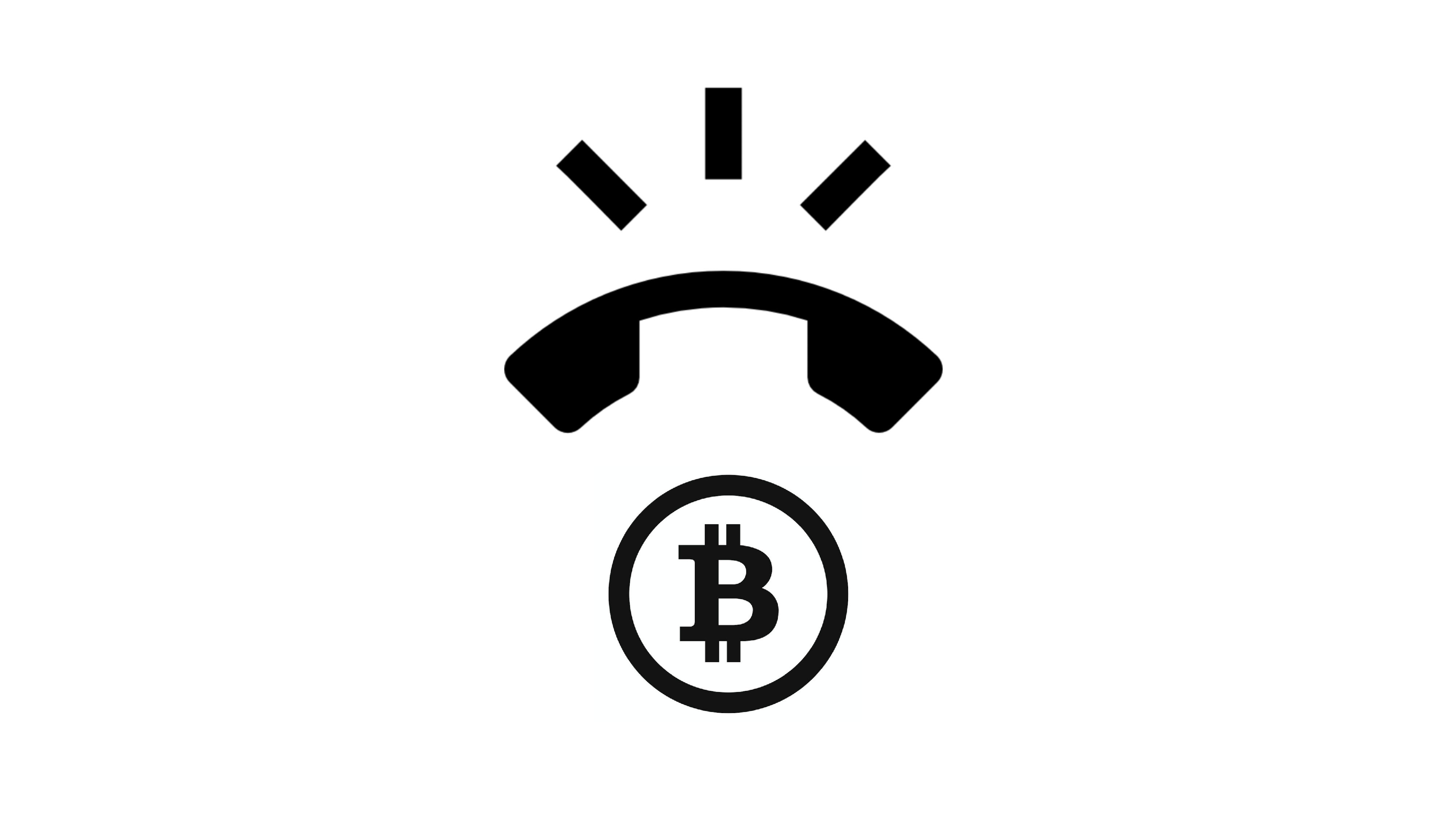Cryptocurrencies to pay telecom bills? Why telecom operators start to play with bitcoin & co.
There are multiple ways telecom operators are engaged in blockchain. We recently conducted research focused on the biggest telecom players, and found that there is hardly anyone who’s not embarked on a journey into the blockchain and/or distributed ledger space.
From scouting, partnerships, prototyping or offering blockchain services towards investments and ‘tokenizing’ the business, there are multiple ways to play.
Accepting cryptocurrencies for payment of telecom bills is one specific flavor of ‘tokenizing` the business. In May this year, the leading US telecom carrier AT&T, with more than 150m customers, announced as the world’s first carrier to accept bitcoin & co. Last week the Austrian telecom group A1 followed suit, with seven of its shops in major locations across the country supporting payment in Bitcoin, Ether, XRP, Litecoin, Stellar and Dash.
What’s the rationale behind for telecom carriers and does this make sense considering the volatility of cryptocurrencies?
Let’s look at the AT&T case first. For AT&T crypto payments are an extension of their existing online payment options. Customers using the online bill pay service or the myAT&T app will be able to choose BitPay as cryptocurrency payment processor. The customer pays in crypto coins while BitPay verifies the funds and accepts the coins on behalf of AT&T. BitPay currently supports Bitcoin, Bitcoin Cash, Gemini USD, Paxos, and Circle’s US Dollar Coin and charges a 1% fee for the crypto-fiat currency conversion process to its business partner.
The crypto payment option is available for AT&T bill payment, but not yet for services such as buying phones or other devices. Will crypto payments make up a significant chunk of AT&T’s payment? Although not a one to one comparable: Pornhub, which allowed premium content payment through the TRON and Verge tokens in 2018 claim that 1 percent of users had actually paid with cryptocurrency.
That might not sound much, but consider that AT&T reported consumer revenue — US and international — in the range of $70bn in 2018. Furthermore and according to a study published in October by Edelman research, millennials in the US show a strong tendency (25%) to use or hold cryptocurrencies. Let’s assume for the moment that AT&T has done some research and found evidence for the demand for cryptocurrency payment among its user base.
The second case, A1, is somewhat different. It’s not so much the online payment, but in-shop payment which is in the focus. The Austrian telecom group uses the “A1 Payment” gateway in partnership with payment solution providers Salamantex , Ingenico and Concardis. Salamantax brings in cryptocurrency know-how, Ingenico is experienced in operating digital payment platforms, whereas Concardis specializes on payment terminals. Like in the AT&T case, price fluctuations are absorbed through a near real time crypto-fiat exchange mechanism. Payment amounts are settled at the most recent crypto price and immediately converted into Euro, so that neither the consumer nor A1 bear a transaction based volatility risk. Effectively, A1, like AT&T, is paid in fiat.
Target groups for the new payment option are digital natives and the cashless affine Austrian population. But that’s not all. A1 sees additional potential in the tourist segment, and in particular Asian tourists. Sounds weird? Well, according to the Austrian National Tourism Office there were 900.000 Chinese visiting the country in 2017, almost a million overnight stays by Chinese in 2018 and in 2025 a number of up to 200m trips can be reached. In China not only tech addicts are using digital payment, but most transactions are already completely cashless, so that the smallest street shops and even beggars accept money transfer via qr-codes.
That’s the reason why the crypto payment option does not come stand-alone, but A1 plans to enable Alipay and WeChat payment very soon as well.
Both moves — from AT&T and A1 — are pilots to test market acceptance, and are positioning the companies for riding the wave of digital paymentsin their markets. With telecoms in general intensifying their footprint in the blockchain space, other operators are expected to follow the ‘A’ teams in the near future. Overall, these two crypto payment related use cases as well as many others indicate that the next phase in the ‘Blockchain in Telecoms’ evolution is being reached: From experimental proof of concepts to real live consumer and business applications.
If you are interested in learning more about telecom operators’ engagement in the blockchain and distributed ledger space, watch out for our publication on Telco Partnerships and Alliances in Blockchain, which is going to be released soon.

